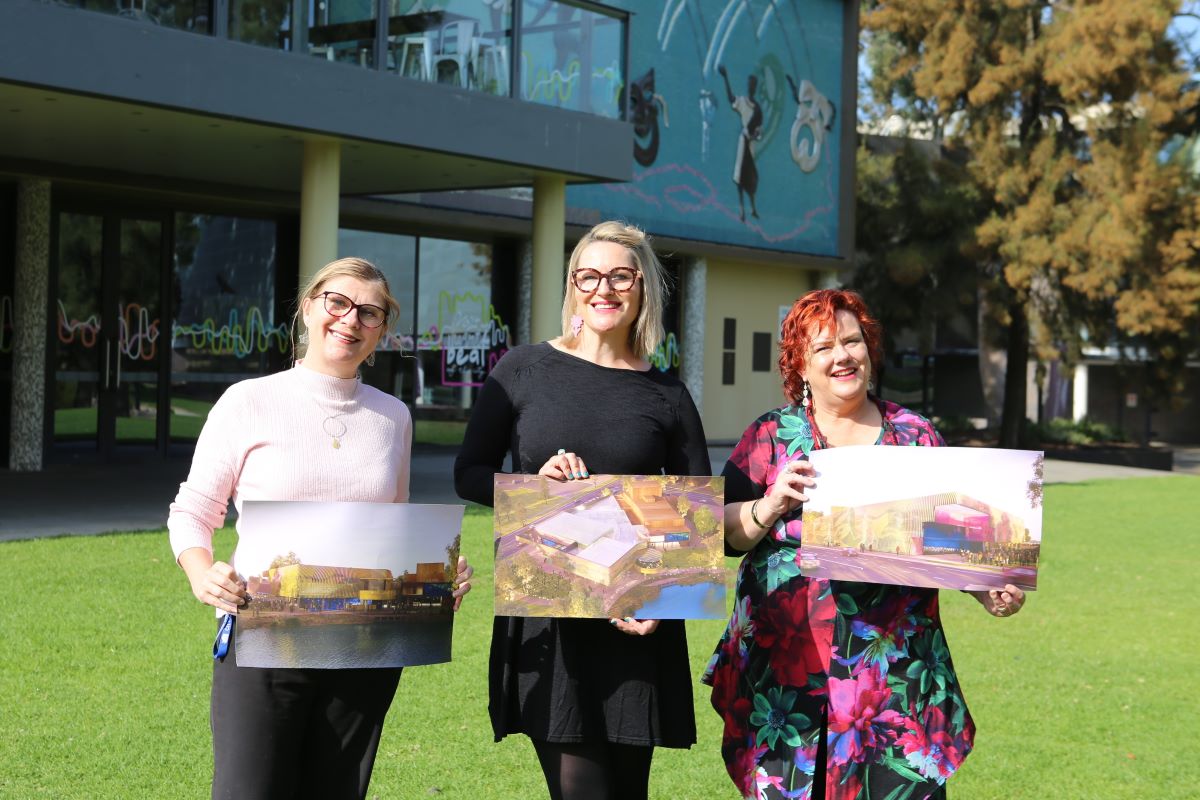Indigenous Protected Areas protect country and provide jobs in communities.
In response to the news that the Federal Government plans to expand Indigenous environmental protection programs in the Northern Territory, Queensland and South Australia, the Australian Conservation Foundation’s (ACF) Chief Executive Officer, Kelly O’Shanassy, said:
“The Australian Conservation Foundation welcomes the government’s announcement that it intends to create seven new Indigenous Protected Areas.
“The Indigenous Protected Areas program has a proud history of protecting special places from pests, weeds and uncontrolled fires across many parts of Australia.
“Indigenous Protected Areas also support many Indigenous ranger jobs and are the foundation on which communities can build enterprises in ecotourism, land management and carbon abatement.
“We are particularly happy to see Wuthathi Shelburne Bay, an amazing landscape of dunes, wetlands, heathlands and rainforests on Queensland’s Cape York Peninsula, listed as one of the proposed new Indigenous Protected Areas.
“ACF first proposed a national park for parts of Shelburne Bay in 1976.
“The Indigenous Protected Areas program was an initiative of the Howard Government in 1997 and has enjoyed bipartisan support ever since.
“As a result, Indigenous Protected Areas now cover about 67 million hectares and account for more than 45 per cent of Australia’s total protected area reserve.
“As well as protecting country and providing jobs in remote communities, Indigenous Protected Areas are incredibly good value for money.
“An analysis of the social return on investment in five Indigenous Protected Areas found that investment of $35.2 million from government and third parties generated $96.5 million worth of social, economic, cultural and environmental outcomes between 2009 and 2015.
“A key to the government’s consultation will be that Indigenous communities give free, prior and informed consent to any arrangements in relation to their land.
“A major United Nations report on biodiversity, released earlier this year, found Indigenous management of country was one of the transformative changes that was needed for humans to turn around the global extinction crisis.”
Wuthathi Shelburne Bay photograph by Kerry Trapnell.







